Plants Similar To Hydrangeas That Will
Plants Similar to Hydrangeas That Will Add Beauty to Your Garden
Hydrangeas are a popular choice for gardeners because of their large, beautiful blooms. However, they can be difficult to grow in some climates and require regular care. If you're looking for a plant that has a similar look to hydrangeas but is easier to care for, there are a few good alternatives.
Here are a few plants that are similar to hydrangeas:
- Viburnum
Viburnums are a genus of flowering shrubs and trees that come in a variety of shapes and sizes. Some viburnums, such as the snowball bush, have large, showy blooms that resemble hydrangeas. Other viburnums, such as the fragrant snowball viburnum, have smaller blooms but are known for their sweet fragrance.
- Crape myrtle
Crape myrtles are deciduous shrubs or trees that are known for their large, colorful blooms. The blooms of crape myrtles can be white, pink, red, purple, or lavender. Crape myrtles are relatively easy to care for and can tolerate a variety of soil types and conditions.
- Butterfly bush
Butterfly bushes are tall, herbaceous shrubs that are known for their long-lasting blooms. The blooms of butterfly bushes are typically purple or lavender, but there are also varieties that bloom in white, pink, or red. Butterfly bushes are magnets for butterflies and other pollinators.
- Rose of Sharon
Rose of Sharon is a shrub or small tree that is native to Asia. The blooms of rose of Sharon are typically white, pink, or purple. Rose of Sharon is a relatively easy plant to care for and can tolerate a variety of soil types and conditions.
- Tree peony
Tree peonies are large, deciduous shrubs that are known for their showy blooms. The blooms of tree peonies can be white, pink, red, or purple. Tree peonies are relatively easy to care for and can tolerate a variety of soil types and conditions.
- Chinese snowball bush
Chinese snowball bush is a deciduous shrub that is native to China. The blooms of Chinese snowball bush are white or pink and resemble those of the snowball bush. Chinese snowball bush is relatively easy to care for and can tolerate a variety of soil types and conditions.
Hydrangeas are beautiful flowering shrubs that come in a variety of colors. But if you're looking for something a little different, there are a number of plants that look similar to hydrangeas.
One plant that is often mistaken for a hydrangea is the viburnum. Viburnums have large, round clusters of flowers that bloom in the spring and summer. The flowers can be white, pink, or purple, and they often have a sweet fragrance. Viburnums are also relatively easy to care for, making them a good choice for gardeners of all skill levels.
Another plant that looks similar to a hydrangea is the astilbe. Astilbes have delicate, feathery blooms that bloom in the summer. The flowers can be white, pink, purple, or red, and they often have a light, airy appearance. Astilbes prefer moist, shady conditions, so they're a good choice for gardens that don't get a lot of sunlight.
If you're looking for a plant that looks like a hydrangea but has a different color, you might want to consider the camellia. Camellias have large, showy flowers that can be white, pink, red, or yellow. They bloom in the spring and early summer, and they can tolerate a wide range of temperatures.
No matter what you're looking for in a plant, there's sure to be a plant that looks similar to a hydrangea that's perfect for your garden. To learn more about plants similar to hydrangeas, visit .
FAQ of plants similar to hydrangea
1. What are some plants similar to hydrangea?
There are many plants that are similar to hydrangeas in terms of their appearance, growth requirements, and climate adaptability. Some of the most popular hydrangea look-alikes include:
- Astilbe: Astilbe is a hardy perennial that produces delicate, feathery flowers in shades of white, pink, red, and purple. It prefers moist, well-drained soil and partial to full shade.
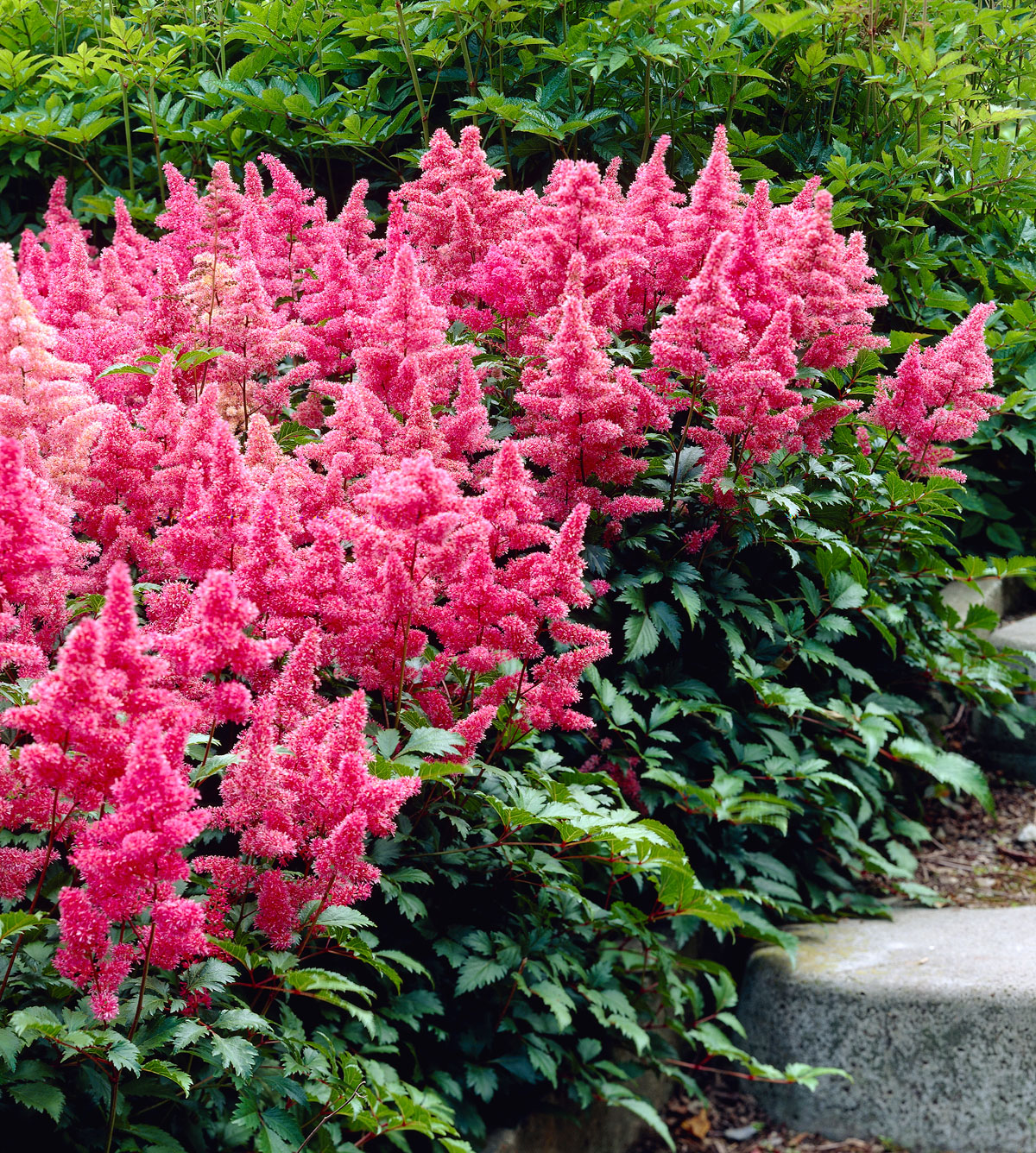
- Brunnera: Brunnera is a shade-loving perennial that produces blue or white flowers in the spring. It has large, heart-shaped leaves that remain green throughout the winter.
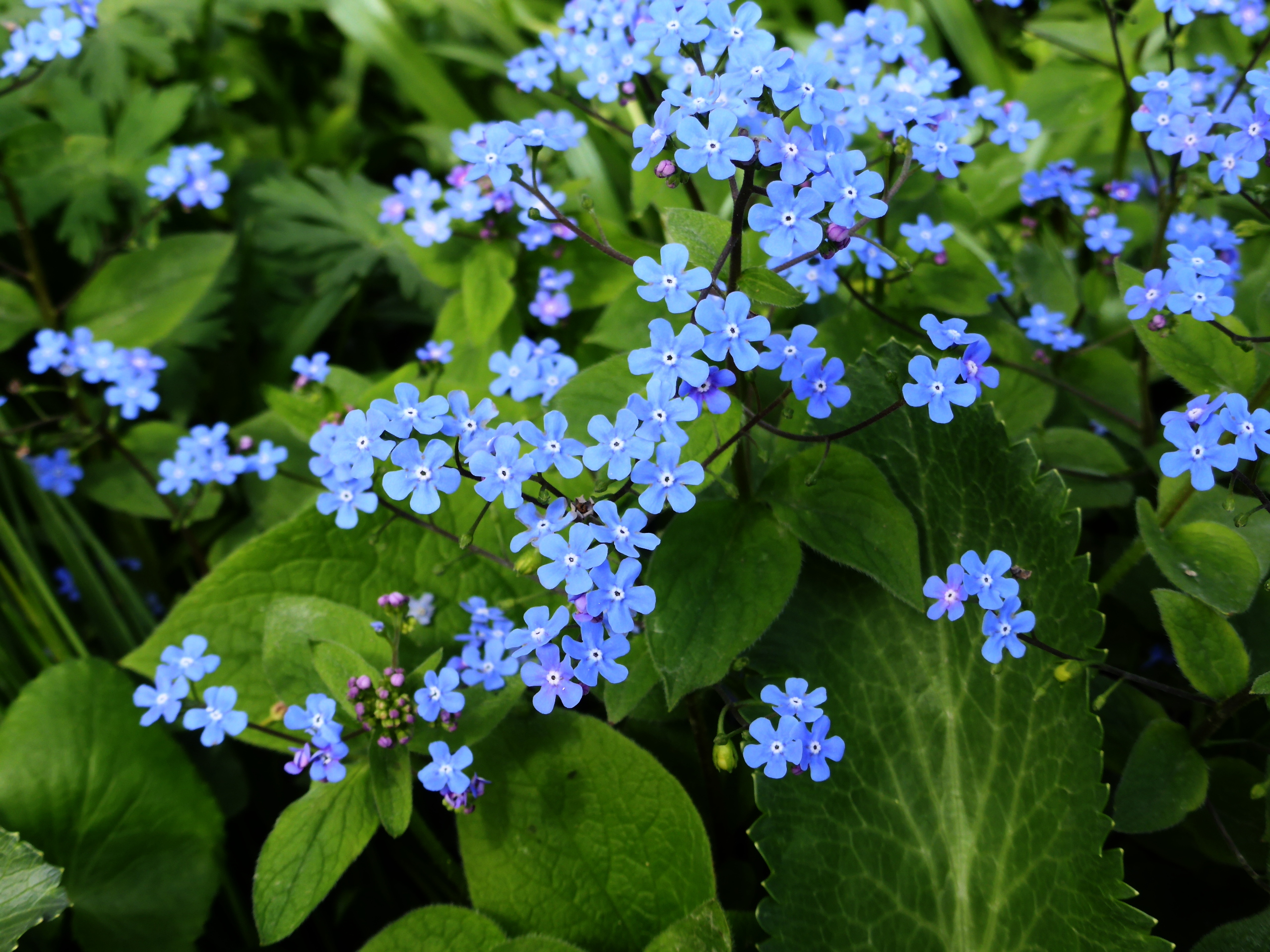
- Clematis: Clematis is a vine that can be trained to climb a trellis or arbor. It produces showy flowers in a variety of colors, including blue, purple, pink, and white. Clematis prefers full sun and well-drained soil.
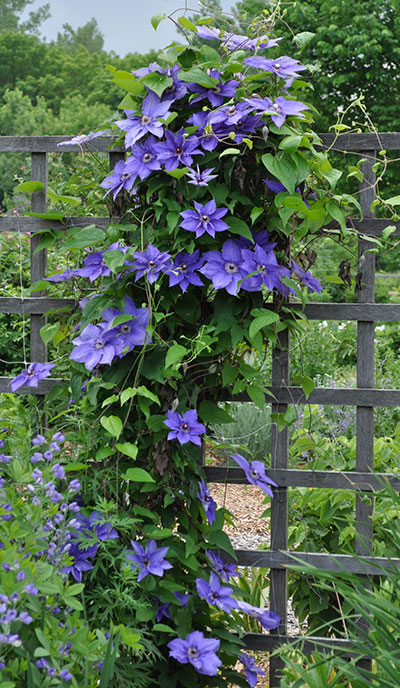
- Pieris: Pieris is a shrub that produces white, pink, or red flowers in the spring. It has evergreen leaves that are a glossy green in color. Pieris prefers partial shade and moist, well-drained soil.
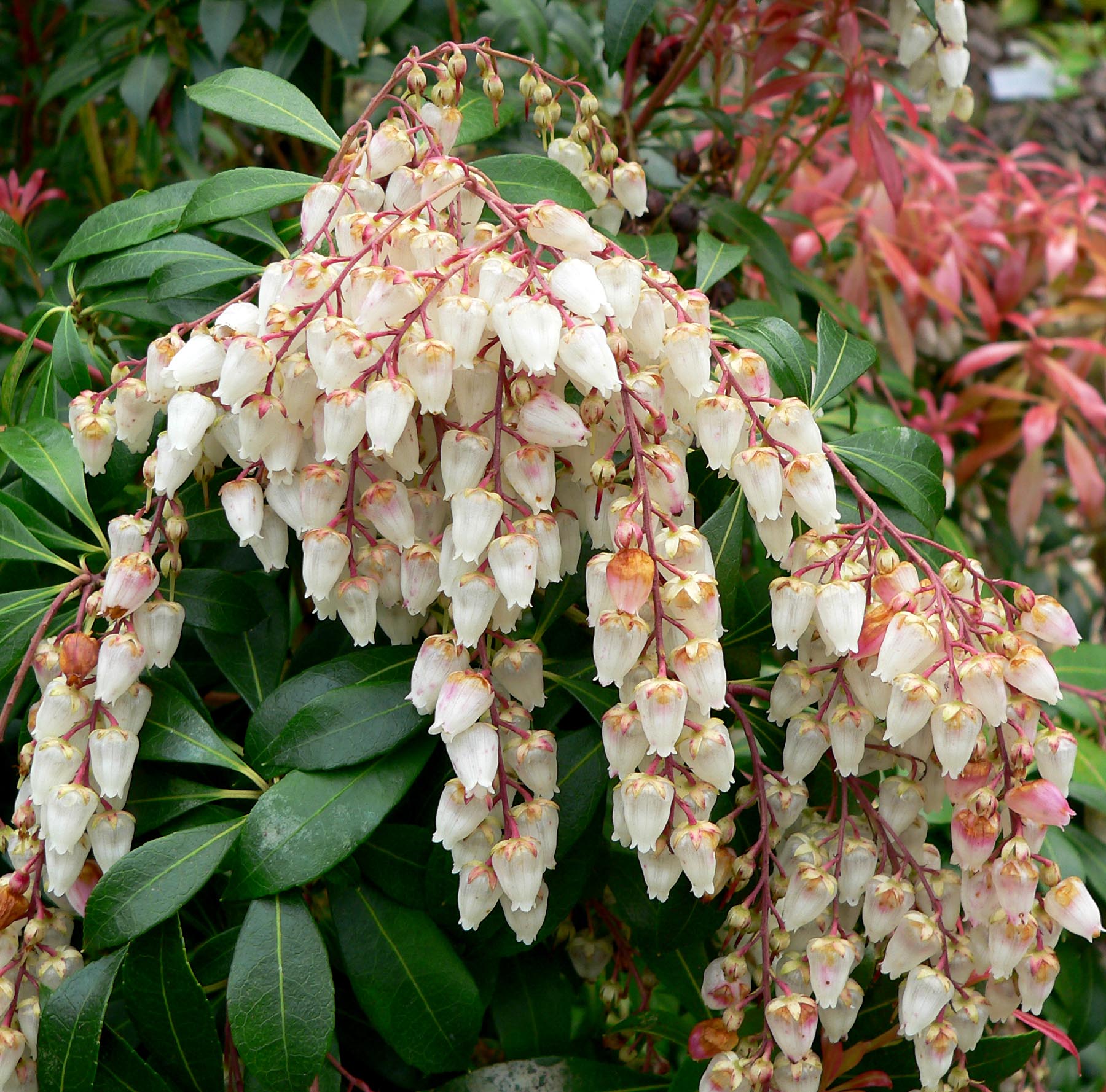
- Viburnum: Viburnum is a shrub or small tree that produces white, pink, or purple flowers in the spring. It has glossy green leaves that turn a beautiful shade of red in the fall. Viburnum prefers full sun and moist, well-drained soil.
2. What are the benefits of planting hydrangea look-alikes?
There are several benefits to planting hydrangea look-alikes. First, they can provide the same beauty and color as hydrangeas without the same care requirements. Hydrangeas are susceptible to a number of diseases and pests, and they require regular pruning to maintain their shape. Look-alikes, on the other hand, are generally more resistant to pests and diseases and require less pruning.
Second, hydrangea look-alikes can be used in a wider variety of landscape settings. Hydrangeas are typically grown in full sun, but many look-alikes can tolerate partial shade. This makes them ideal for planting under trees or in other areas where full sun is not available.
Finally, hydrangea look-alikes can add variety to your garden. If you already have hydrangeas, planting some look-alikes can add interest and color to your landscape.
3. How do I choose the right hydrangea look-alike for my garden?
When choosing a hydrangea look-alike, there are a few factors to consider, such as:
- The size of the plant: Hydrangea look-alikes come in a variety of sizes, from small groundcovers to large shrubs. Choose a plant that will fit the space you have available.
- The climate in your area: Some hydrangea look-alikes are more cold-hardy than others. Make sure to choose a plant that is suited to the climate in your area.
- The amount of sunlight in your garden: Most hydrangea look-alikes prefer partial shade, but some can tolerate full sun. Choose a plant that will get the amount of sunlight it needs.
- The color of the flowers: Hydrangea look-alikes come in a variety of flower colors, from white to pink to blue. Choose a plant that will complement the other flowers in your garden.
4. How do I care for hydrangea look-alikes?
The care requirements for hydrangea look-alikes vary depending on the species. However, most hydrangea look-alikes prefer moist, well-drained soil and partial shade. They should be watered regularly, especially during hot, dry weather. In the spring, you may need to fertilize them with a balanced fertilizer.
5. How do I propagate hydrangea look-alikes?
Hydrangea look-alikes can be propagated by seed, division, or cuttings. Seed propagation is the slowest method, but it can be used to produce new varieties of plants. Division is the easiest method, and it is often used to propagate established plants. Cuttings are taken from new growth in the spring or summer, and they are rooted in a rooting medium.
Image of plants similar to hydrangea
Here are 5 different images of plants similar to hydrangea:
- Mock orange (Philadelphus) is a shrub that blooms in early summer with clusters of fragrant white flowers. It is hardy in USDA zones 4-9 and can grow up to 10 feet tall.
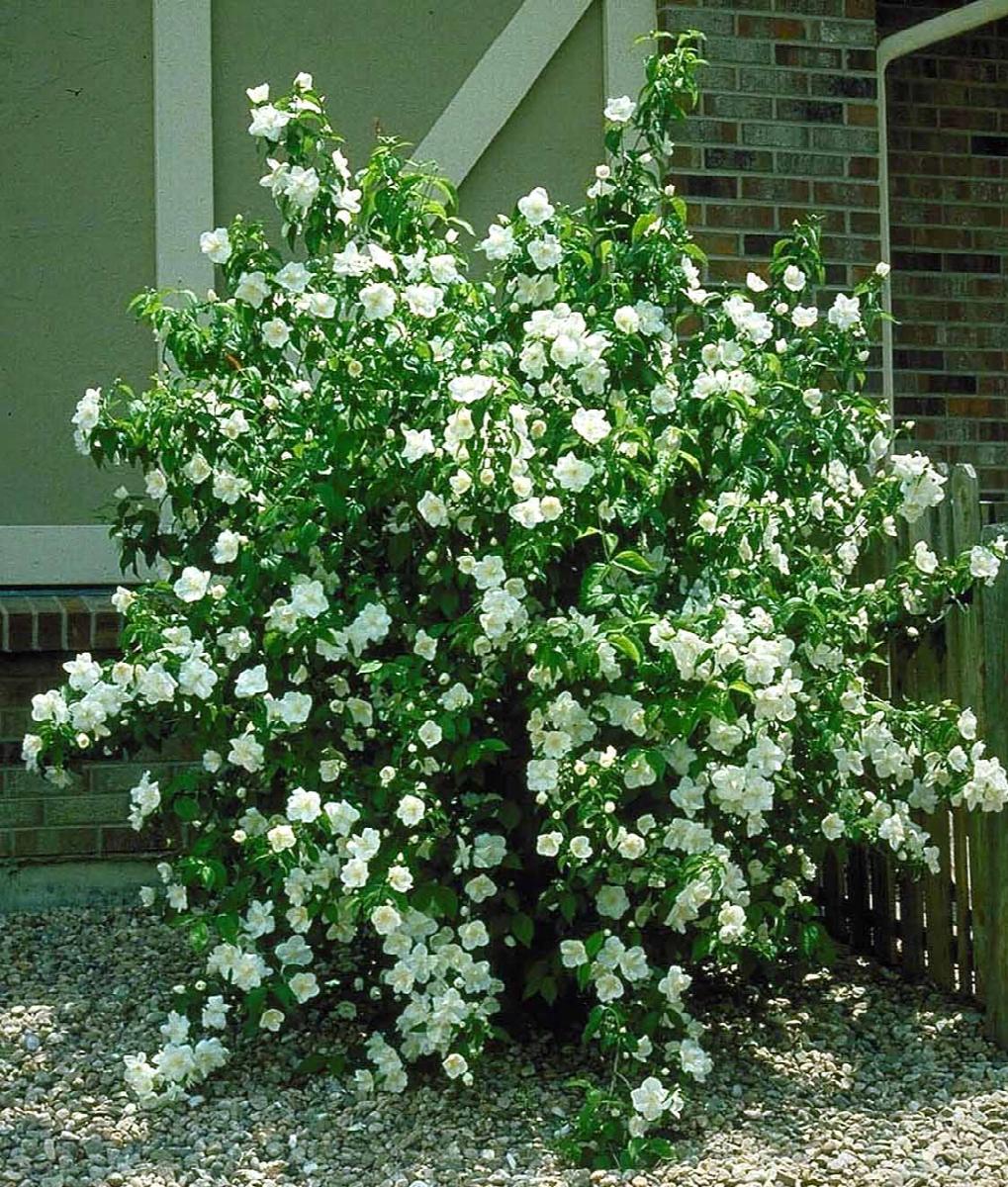
- Ninebark (Physocarpus opulifolius) is a deciduous shrub that blooms in late spring with clusters of white, pink, or red flowers. It is hardy in USDA zones 3-8 and can grow up to 12 feet tall.
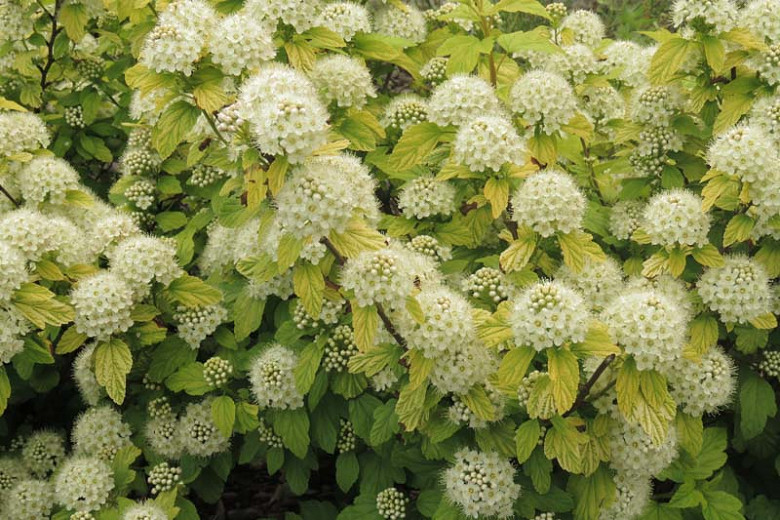
- Rose of Sharon (Hibiscus syriacus) is a deciduous shrub that blooms in summer with large, showy flowers that can be white, pink, purple, or blue. It is hardy in USDA zones 5-9 and can grow up to 10 feet tall.
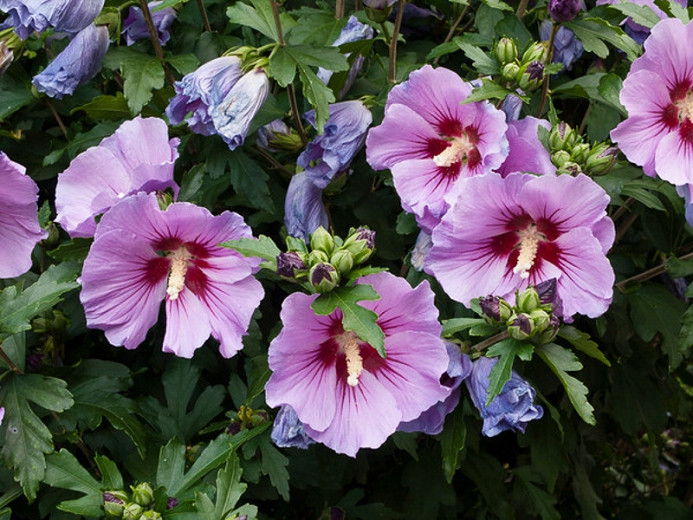
- Weigela (Weigela florida) is a deciduous shrub that blooms in spring and early summer with clusters of pink, red, or white flowers. It is hardy in USDA zones 4-8 and can grow up to 6 feet tall.
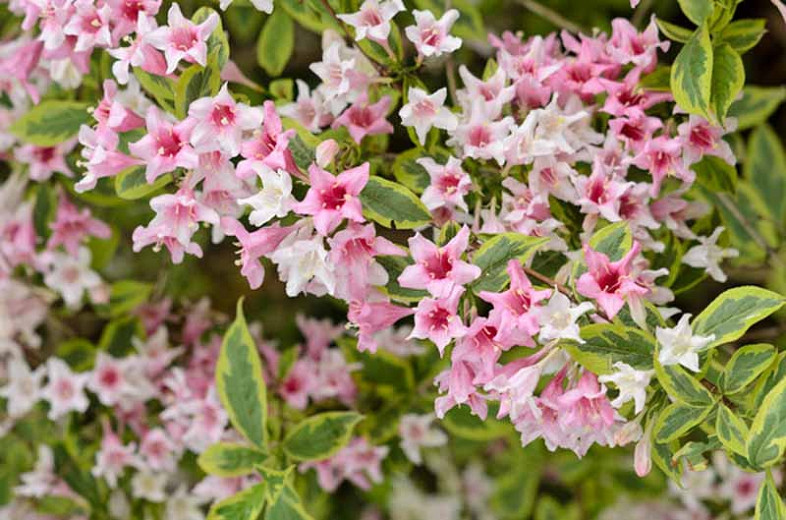
- Butterfly bush (Buddleja davidii) is a deciduous shrub that blooms in summer with clusters of fragrant purple, blue, or white flowers. It is hardy in USDA zones 5-9 and can grow up to 10 feet tall.

Post a Comment for " Plants Similar To Hydrangeas That Will"